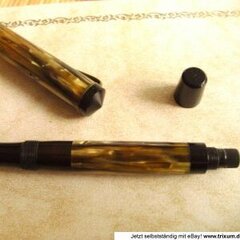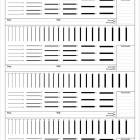My TWSBI Eco pen flow becomes dry after writing a few pages.
-
Forum Statistics
355.8k
Total Topics4.6m
Total Posts -
Member Statistics
128,584
Total Members18,857
Most OnlineNewest Member
Stephanie Lee
Joined -
Images
-
Albums
-
Extra Fine Nib Ink Reviews (20 of n)
- By LizEF,
- 0
- 57
- 57
-
Targa
- By Targa,
- 0
- 0
- 8
-
Dan Carmell
- By Dan Carmell,
- 0
- 6
- 91
-
Misfit’s 3rd Album for pens, paper, ink
- By Misfit,
- 19
-
USG 11
- By USG,
- 0
- 0
- 48
-


















.thumb.jpg.f07fa8de82f3c2bce9737ae64fbca314.jpg)



desaturated.thumb.gif.5cb70ef1e977aa313d11eea3616aba7d.gif)







Recommended Posts
Create an account or sign in to comment
You need to be a member in order to leave a comment
Create an account
Sign up for a new account in our community. It's easy!
Register a new accountSign in
Already have an account? Sign in here.
Sign In Now